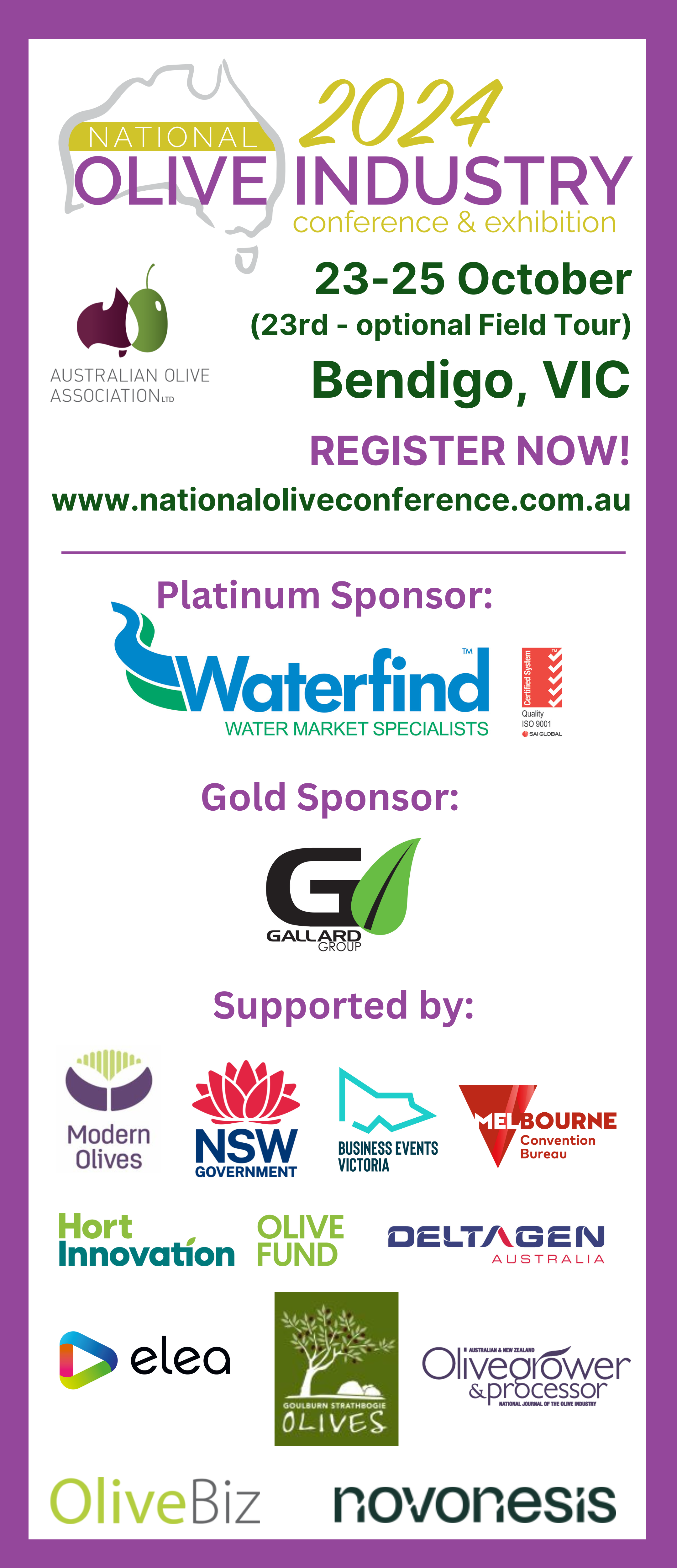More than $27 million has been invested into research, development and extension projects through the Plant Biosecurity Research Initiative (PBRI) and partners since its inception just 18 months ago, providing a rapid increase in action to protect Australia’s plant industries.
The initiative was developed to encourage collaboration and investment in plant biosecurity research, with a focus on managing current and potential threats to both plant industries and their environment. With the national value of plant industries at risk nearing $30 billion per annum – and closer to home, the very real threat of Xylella fastidiosa incursion into Australian olive groves – it’s a welcome one for all involved in horticulture.
Through its work to support cross-sectoral RD&E, the PBRI has already formed new collaborations across seven plant industry research and development corporations (RDCs), Plant Health Australia (PHA) and the Department for Agriculture and Water Resources. There are seven major projects currently underway, delivered under the initiative through co-investment from state-based primary industry agencies, CSIRO and Australian universities, and a further five projects valued at over $21 million are currently under consideration.
The current projects include:
- assessing strategic ways to co-ordinate RD&E across sectors to leverage investments, promote collaboration and avoid research duplication;
- national cross-industry surveillance to monitor and report on the presence of airborne pests and diseases affecting horticulture, grains, cotton, sugar, wine and forest plantations;
- two new projects to protect horticulture and wine industries from the bacterium Xylella fastidiosa: the appointment of a Xylella co-ordinator; and state-of-the-art diagnostics to determine and ready the most accurate and sensitive method of detecting this disease;
- improving plant industries’ access to new genetics through faster and more accurate biosecurity screening using Next Generation Sequencing;
- review of the biosecurity plan and manual for the viticulture industry, including wine and table grapes;
- an R&D symposium showcasing current plant biosecurity research supported by the PBRI member organisations.
Further RD&E investment is being considered in the following areas:
- two novel detection methods for brown marmorated stink bug, which poses a high biosecurity risk due to their tendency to hitchhike in sea cargo;
- understanding the potential of native insects to transmit Xylella if it was introduced into Australia;
- boosting national diagnostic capacity for plant production industries; and
- business continuity for farmers affected by emergency plant pest incursions.
PHA Executive Director and CEO, Greg Fraser, said the level of commitment into current and future investment for the PBRI was representative of the importance that industry placed on the initiative.
“It is clear that PBRI is here for the long run, investing in strategic and long-term RD&E projects that will help to protect Australia’s valuable plant industries into the future,” he said.
Find out more about the Plant Biosecurity Research Initiative here.



